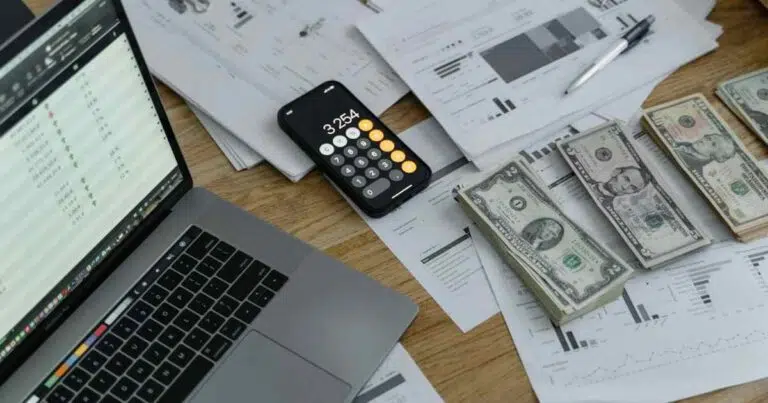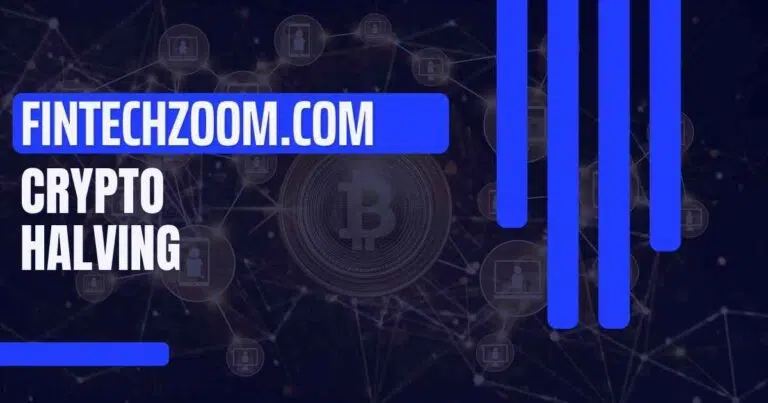NEPRA Solar Buyback Rate in Pakistan: Key Changes & Impact
Introduction: The Growing Importance of Solar Energy in Pakistan
In recent years, Pakistan has faced significant energy challenges, from frequent power outages to rising electricity costs. One of the most promising solutions to these issues is solar energy. Solar power, especially through rooftop solar installations, has gained momentum as a sustainable, cost-effective alternative to traditional energy sources. A key component of this shift is the NEPRA solar buyback rate, which determines the compensation solar producers receive for the excess electricity they feed into the national grid.
As more individuals and businesses embrace solar energy, understanding the NEPRA solar buyback rate becomes essential. This article explores the recent changes to this rate, the reasons behind them, and how these adjustments will impact solar users and the broader energy landscape in Pakistan.
NEPRA’s Role in Regulating Solar Power in Pakistan
What is NEPRA?
The National Electric Power Regulatory Authority (NEPRA) is the body responsible for regulating electricity tariffs and ensuring fairness in the energy market across Pakistan. Among its many duties, NEPRA oversees net metering, a system that allows solar power producers to send excess electricity back to the grid and receive compensation at the NEPRA solar buyback rate.
The Evolution of Net Metering and Solar Energy Policy
Net metering was introduced to encourage the adoption of renewable energy sources, such as solar power. Under this system, solar users can offset their electricity consumption by exporting surplus energy to the grid. NEPRA has played a crucial role in setting the solar buyback rate, which has evolved over time to balance the interests of solar power producers and the national grid.
The adoption of solar energy systems surged due to the attractive financial incentives provided by net metering. However, as more consumers installed solar panels, the costs of this program began to put a strain on the country’s already overburdened power sector.
NEPRA Solar Buyback Rate: What Has Changed?
The Previous Solar Buyback Rate
Historically, the NEPRA solar buyback rate for new solar consumers was set at Rs 27 per unit. This rate provided an attractive return for those looking to invest in solar energy. For several years, it made solar power a profitable investment, especially for residential and commercial users. However, the rapid growth in solar installations put a significant financial burden on the national grid, leading to concerns about sustainability.
The New NEPRA Solar Buyback Rate
In light of these concerns, NEPRA has revised the solar buyback rate. The new rate for new solar users has been reduced to Rs 10 per unit. This change reflects a broader shift towards gross metering, where energy consumed from the grid is billed separately from energy exported to the grid. Under gross metering, consumers will be compensated at a fixed rate for the energy they supply to the grid, but they will also be billed for the energy they consume from the grid.
The new gross metering rate is set at Rs 11.33 per unit, which is significantly lower than the previous rate of Rs 27 per unit. This is roughly one-third of the base tariff for electricity, which is Rs 34 per unit. These changes aim to make the energy system more sustainable while ensuring that solar users contribute fairly to the grid’s maintenance.
| Solar System Type | Old Buy-Back Rate | New Buy-Back Rate | Future Buy-Back Rate (Gross Metering) |
|---|---|---|---|
| New Solar Users | Rs 27 per unit | Rs 10 per unit | Rs 11.33 per unit |
| Existing Solar Users | Rs 27 per unit | Rs 27 per unit (until contract ends) | N/A |
Why the Change in the NEPRA Solar Buyback Rate?
Financial Pressure on the National Grid
The NEPRA solar buyback rate was reduced primarily due to the growing financial pressure on Pakistan’s power sector. The rapid increase in the number of solar installations has led to lower revenue for the national grid. By 2024, the government projected a Rs 159 billion loss due to the subsidized rates at which solar energy was being bought from producers. This unsustainable trend necessitated a reevaluation of the compensation structure for solar energy producers.
Addressing Fairness and Sustainability
The new solar buyback rate aims to address the financial strain on the national grid while ensuring fairness across all electricity consumers. Prior to the change, solar energy users were benefiting from lower energy costs, which created a perception of unfairness among non-solar consumers who were paying higher electricity rates. By reducing the buyback rate and implementing gross metering, the government hopes to create a more balanced system where all consumers contribute fairly to the grid’s operational costs.
Gross Metering: The Transition from Net Metering
One of the key reasons behind the change in the NEPRA solar buyback rate is the shift towards gross metering. In the gross metering system, solar consumers are paid a fixed rate for every unit of energy they export to the grid. However, the energy they consume from the grid will be billed separately at the regular tariff rate. This system removes the ability of solar users to offset their grid consumption with the energy they export, providing a clearer distinction between energy production and consumption.
How Will This Affect Solar Energy Consumers?
Impact on New Solar Users
For new solar adopters, the reduced NEPRA solar buyback rate means that their return on investment will be lower compared to earlier adopters. With the new buyback rate of Rs 10 per unit, the payback period for solar systems will likely be longer. However, long-term savings on electricity bills and the environmental benefits of solar energy remain compelling reasons for consumers to invest in solar power.
Impact on Existing Solar Users
Existing solar consumers who signed up under the old rates will continue to benefit from the Rs 27 per unit buyback rate until their net metering contract expires. After that, they will be transitioned to the gross metering system. The new system will likely affect their energy bills, as they will now be billed separately for the energy they consume and the energy they export.
The Future of Solar Adoption in Pakistan
The reduced buyback rate and shift to gross metering could slow down the pace of solar adoption in Pakistan, especially in the residential sector. Solar energy investors may find it less appealing, as the financial incentives are now weaker. However, the move toward gross metering will likely improve the transparency of energy transactions, which may help the system in the long run by ensuring a fairer and more sustainable approach to energy distribution.
Challenges and Criticisms of the New Buyback Rate
Despite its benefits, the new NEPRA solar buyback rate has faced some criticism. Solar investors, particularly those who made large upfront investments, argue that the lower buyback rate undermines the financial viability of their solar systems. Many believe that the government has not done enough to support solar adopters during this transition.
Another concern is the dual system of net and gross metering for existing and new users, which could lead to confusion and inequity between different types of solar users. It remains to be seen how effectively the government will implement these changes and address these concerns.
The Long-Term Vision for Solar Energy in Pakistan
The NEPRA solar buyback rate changes are part of Pakistan’s broader efforts to transition to renewable energy and reduce its reliance on fossil fuels. Despite the challenges, the government’s long-term vision includes significant investments in solar energy, with an ambitious target to generate 30% of total energy from renewable sources by 2030.
The adoption of gross metering, although controversial, could bring about a more efficient and sustainable energy system in the future. As the country moves towards a greener energy grid, solar power will remain a crucial component of Pakistan’s energy landscape.
FAQs on the NEPRA Solar Buyback Rate
What is the new NEPRA solar buyback rate for new solar users?
The NEPRA solar buyback rate for new solar users has been reduced to Rs 10 per unit, with a future gross metering rate of Rs 11.33 per unit for exported energy.
Will existing solar consumers be affected by the new buyback rate?
Existing solar consumers will continue to benefit from the Rs 27 per unit buyback rate until their contract ends. Afterward, they will transition to the new gross metering system.
Why did NEPRA reduce the solar buyback rate?
The reduction in the NEPRA solar buyback rate was due to the financial burden placed on the national grid, as well as the need to create a more equitable and sustainable energy system.
How is gross metering different from net metering?
In gross metering, consumers are paid for every unit of energy they export to the grid, while energy consumption from the grid is billed separately. In net metering, the exported energy is used to offset energy consumed from the grid.
Is solar power still a good investment despite the reduced buyback rate?
While the payback period will be longer under the new NEPRA solar buyback rate, solar power remains a valuable investment, offering long-term savings on electricity bills and contributing to environmental sustainability.



